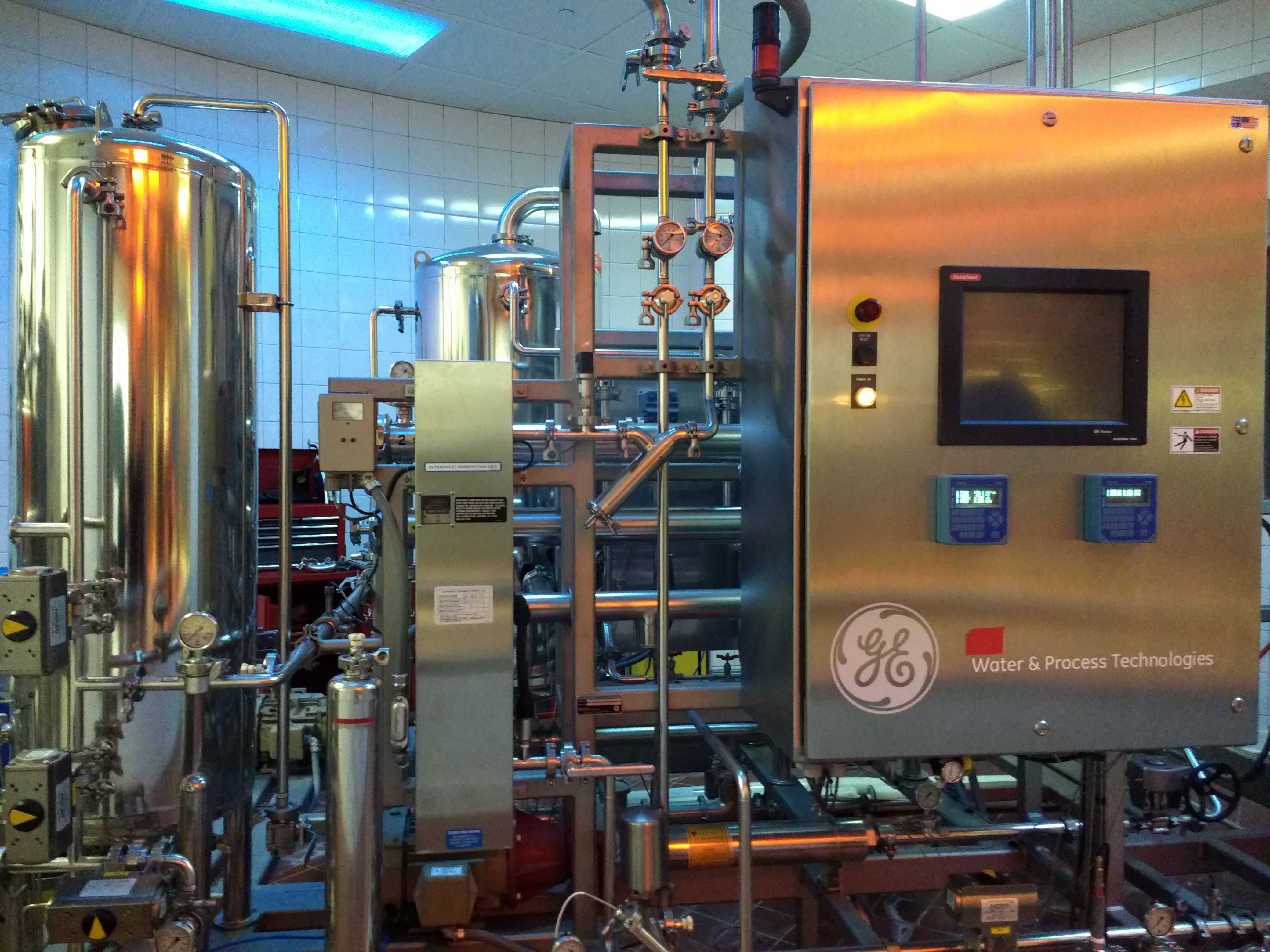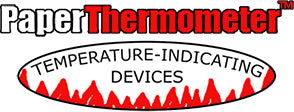Clean in Place: What is it and How Does it Work?

Clean in Place is a system of cleaning pipes and filters in manufacturing facilities which make liquids or processed foods. Because of the nature of their work, sanitation is a high priority. Whether making soda and beverages, processing dairy products, producing pharmaceutical medicine, or even making cosmetic make-up products, cleanliness is key for both employee safety and to make a product usable by the public as intended.
Traditional Cleaning Methods
Traditionally pipes and vessels for liquid products had to be dismounted and cleaned by hand between product runs. It was a tedious process, and gave the system the opportunity to pick up more germs after cleaning and before reassembly. By today's standards it simply was not the best way to maintain the level of sanitation such products need and are expected to maintain.
How Clean in Place Works
In the 1950's, Clean in Place technology was invented and first used successfully, proving to be a much safer and more efficient means of sanitizing liquid transport systems in a factory setting. It uses chemicals to sanitize the various parts in the system without leaving toxic residue behind as someone might expect. The fact is, the chemical works in tandem with high temperature, meaning it can be flushed through as it is doing its job. The specific chemical is determined by the intended purpose of the pipes and the transport system, as thicker liquids may need a stronger solution to be thoroughly removed from pipes and filters.
Why It Functions Efficiently
The main advantage of the Clean in Place system is simply that the pipes are left in place during the cleaning. This means employees aren't exposed to the chemicals, and the chemicals can be safely collected and disposed of after the cleaning process is complete. Further, by leaving the system sealed the various parts aren't exposed to potential outside contamination.
Clean in Place is a tribute to growing technology that makes manufacturing more efficient. Because it does rely on heat in order to work as intended, the system works well with Paper Thermometer Temperature Indicating Devices to assure proper temperatures have been reached and to document how the cleaning was conducted. A Thermolabel changes color when the surface it is placed upon hits a certain temperature. It remains that color after it cools off, so there is no doubt that the system hit the correct temperature during the cleaning process.
